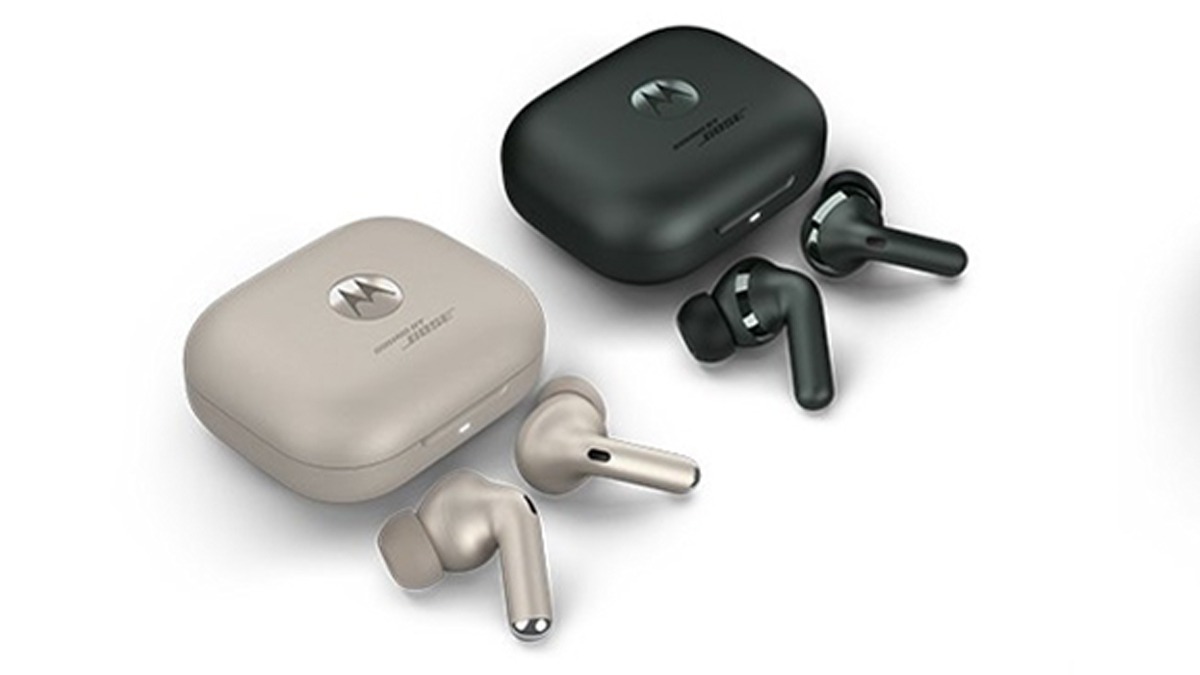Just In
- 13 min ago

- 32 min ago

- 1 hr ago

- 1 hr ago

Don't Miss
- News
 Food Vlogger's Blue Ghee Rice Recipe Goes Viral, Will You Try It?
Food Vlogger's Blue Ghee Rice Recipe Goes Viral, Will You Try It? - Automobiles
 Ford Territory SUV Name Trademarked – Likely To Be Positioned Below The Everest SUV
Ford Territory SUV Name Trademarked – Likely To Be Positioned Below The Everest SUV - Sports
 Roman Reigns transitioning to Hollywood after WWE WrestleMania 40 loss
Roman Reigns transitioning to Hollywood after WWE WrestleMania 40 loss - Finance
 IRFC, RVNL, IRCTC, Railtel: Railway Stocks In Focus As Election Polls Begin; Mega Rs 10-12 Lakh Crore Plan
IRFC, RVNL, IRCTC, Railtel: Railway Stocks In Focus As Election Polls Begin; Mega Rs 10-12 Lakh Crore Plan - Movies
 Coachella: AP Dhillon's Tribute To Sidhu Moosewala Goes Viral Amid Guitar Controversy, Fans REACT To VIDEO
Coachella: AP Dhillon's Tribute To Sidhu Moosewala Goes Viral Amid Guitar Controversy, Fans REACT To VIDEO - Lifestyle
 Summer Fashion: Your Bollywood Style White Outfits Guide To Keep It Cool And Chic
Summer Fashion: Your Bollywood Style White Outfits Guide To Keep It Cool And Chic - Travel
 Journey From Delhi To Ooty: Top Transport Options And Attractions
Journey From Delhi To Ooty: Top Transport Options And Attractions - Education
 IIIT-Bangalore Introduces PG Diploma In Digital Product Design And Management
IIIT-Bangalore Introduces PG Diploma In Digital Product Design And Management
Top 10 Wireless Network Mistakes you are Making
With the Internet boom in the last decade, we are witnessing a great surge in wireless and wired networks in our homes, offices, malls and even roads. Every place is getting connected to a WiFi and that is what is keeping them up to date with the world.

Sometimes wireless networks tend to become unsecured and vulnerable to attacks. Here are 10 mistakes you should avoid while setting up a wireless network.

#1
With the advent of plug and play and on-the-go devices, the user guide and manuals are the least-respected contents of the box. While this is a good way to keep out junk, routers are relatively complex devices to cope with. Manuals have some useful tips hidden in them that you can use when things go haywire.

#2
Routers and wireless networks work on the basis of radio waves and how well they can be transmitted across the air. Placing your router alongside a thick wall or metallic pipes is the worst way to receive signals as the material may end up blocking radio waves to your devices.

#3
The SSID is the unique nickname given to your specific WiFi network. If you have multiple wireless networks in your apartment or office building, make sure to give a unique name to your specific network in order to avoid any kind of confusion during connections.

#4
This is a very common mistake and a lot of WiFi users are guilty of committing it. The default password is one which comes along with the router upon first installation. It is usually extremely simple and few examples would be, ‘Password' or ‘Pass1234'. Keeping this password is a security threat and anyone can easily guess their way into your network.

#5
WiFi encryption means enabling a means of securing your network by closing the identity of the source or destination of your network's packet data. It is usually turned on by default but make sure you double check and turn it on to prevent yourself from unwanted access.

#6
There are several kinds of WiFi encryption options available for you to toggle. Try to pick the most accurate one that suits your needs the most. The least secure would be WEP, that a lot of networks connect to by default. And the most secure is WPA1-PSK. Use a long and random password along with the latter to give your network the best protection.

#7
A security firewall is built into most home wireless networks and is extremely helpful, depending on the way you use it. It protects you from any unwanted intrusion and limits the amount of sites that can access your personal data. Sometimes, though, if certain software works in a funny way, you might need to open up some doors for it on your firewall.

#8
One of the biggest router security flaws is neglecting crucial updates to its firmware. Sometimes hackers are able to find exploits in certain router models and upgrading it to the company's latest firmware build is key to protect your data.

#9
An IP address is unique to every wireless network and putting in the incorrect IP address is like using the wrong key to open your door. You are bound to get locked out. Without a correct IP, you can't access the firewall, the network or even the packet data.

#10
While all modern routers are backward compatible, that is they will work with all older technologies. Still, if you want complete performance from your router, we recommend getting to know about the best adapter that works with your router.
-
1,29,999
-
22,999
-
64,999
-
99,999
-
29,999
-
39,999
-
-
63,999
-
1,56,900
-
96,949
-
1,39,900
-
1,29,900
-
79,900
-
65,900
-
12,999
-
96,949
-
16,499
-
38,999
-
30,700
-
49,999
-
19,999
-
17,970
-
21,999
-
13,474
-
18,999
-
22,999
-
19,999
-
17,999
-
26,999
-
5,999












































